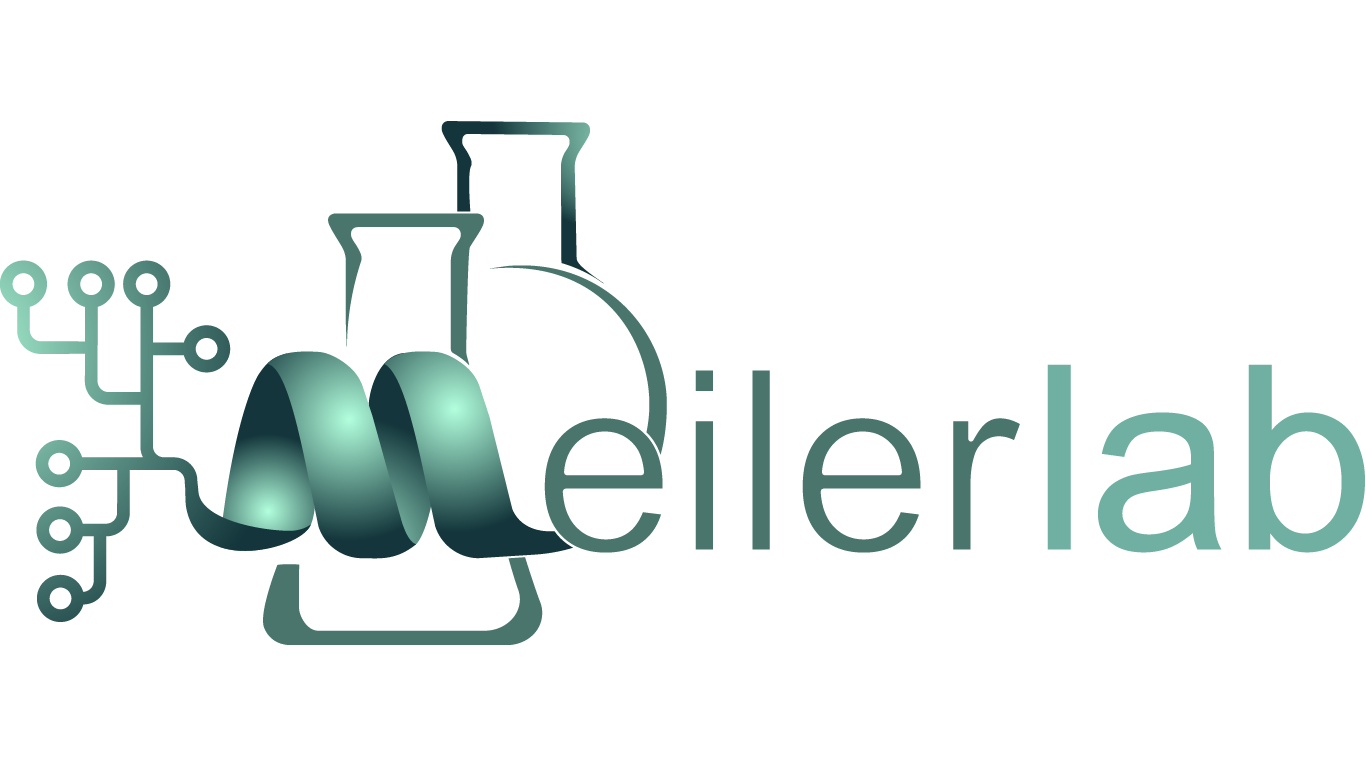Despite the limitations of homology modeling in protein structure prediction with respect to recently developed machine learning methodologies, comparative modeling of antibodies and antigen-docking has become a very important technique for driving antibody and vaccine design. The quality of the antibody modeling process is critical for the success of these endeavors. Following recent advances in homology modeling with multiple templates simultaneously, we in the Meiler Lab proposed a new protocol that uses multiple templates over the same antibody regions to improve modeling performance[1]. In particular, the homology modeling platform RosettaCM within the software suite Rosetta outperformed other methods when modeling antibodies with long HCDR3s and few available templates. Of note, in the recent past we used the same platform to develop homology modeling protocols for GPCRs[2].
References:
[1]
Kodali, P.; Schoeder, C. T.; Schmitz, S.; Crowe, J. E.; Meiler, J. RosettaCM for Antibodies with Very Long HCDR3s and Low Template Availability. Proteins Struct. Funct. Bioinforma. 2021. https://doi.org/10.1002/prot.26166.
[2]
Bender, B. J.; Marlow, B.; Meiler, J. Improving Homology Modeling from Low-Sequence Identity Templates in Rosetta: A Case Study in GPCRs. PLOS Comput. Biol. 2020, 16, e1007597. https://doi.org/10.1371/journal.pcbi.1007597.
